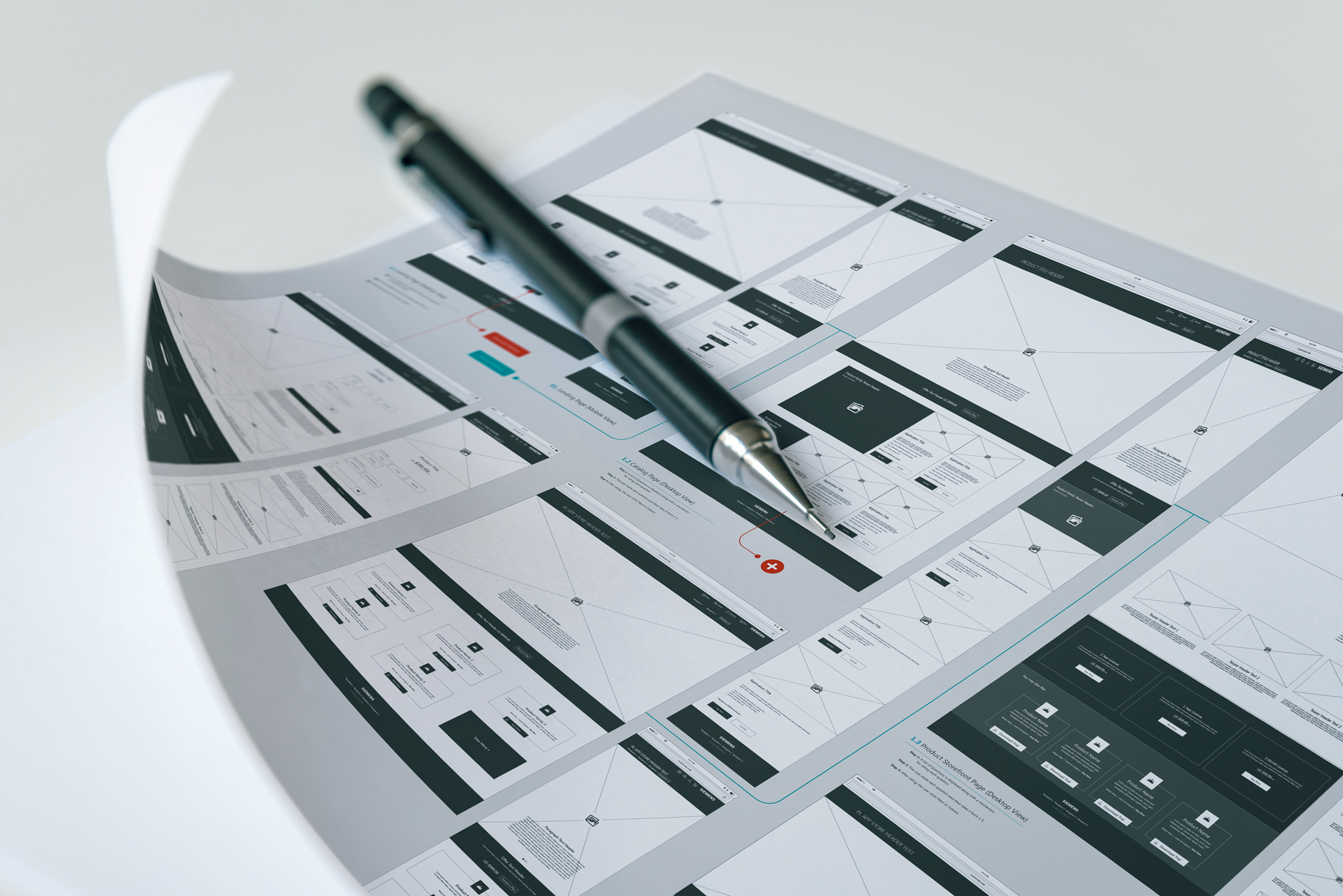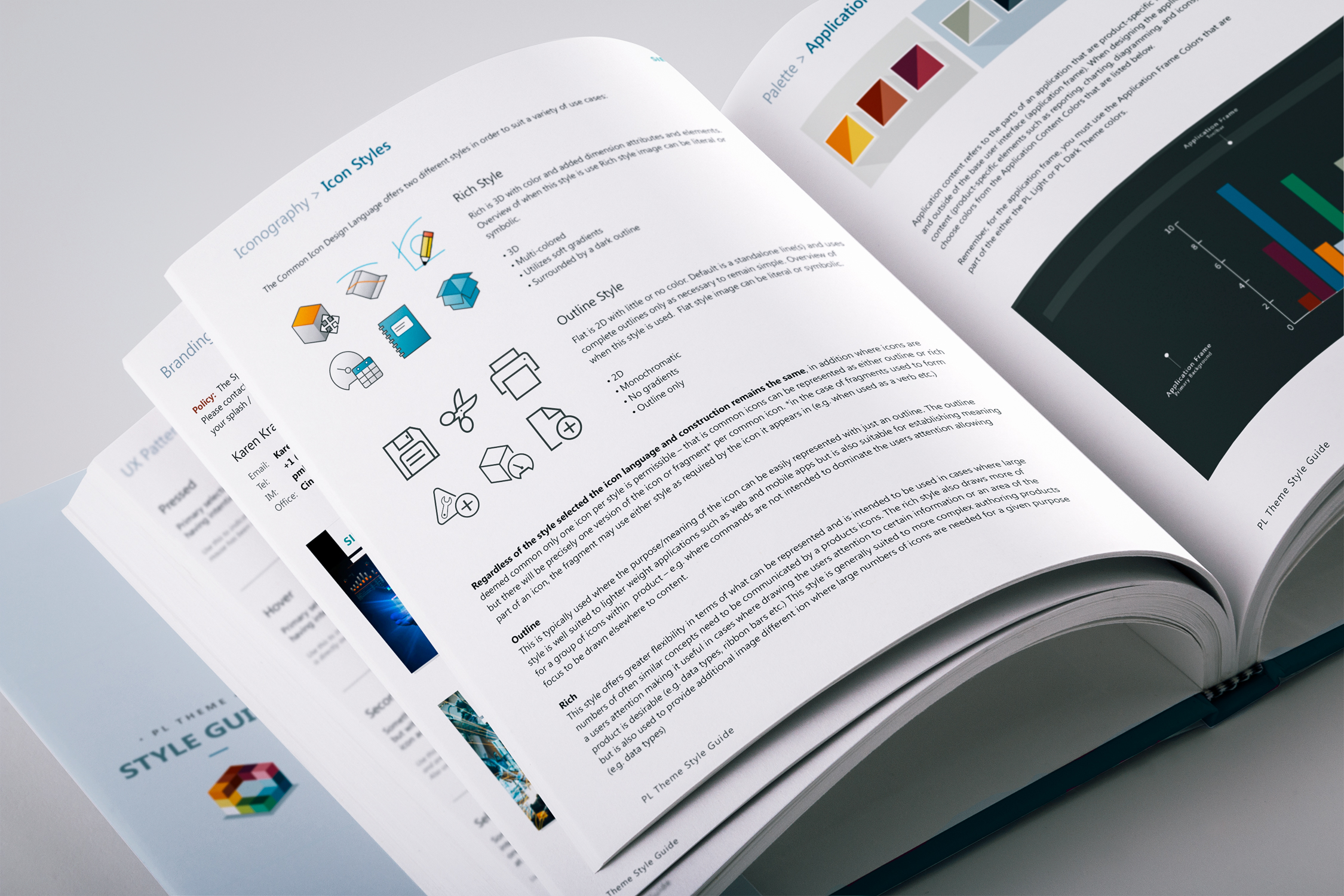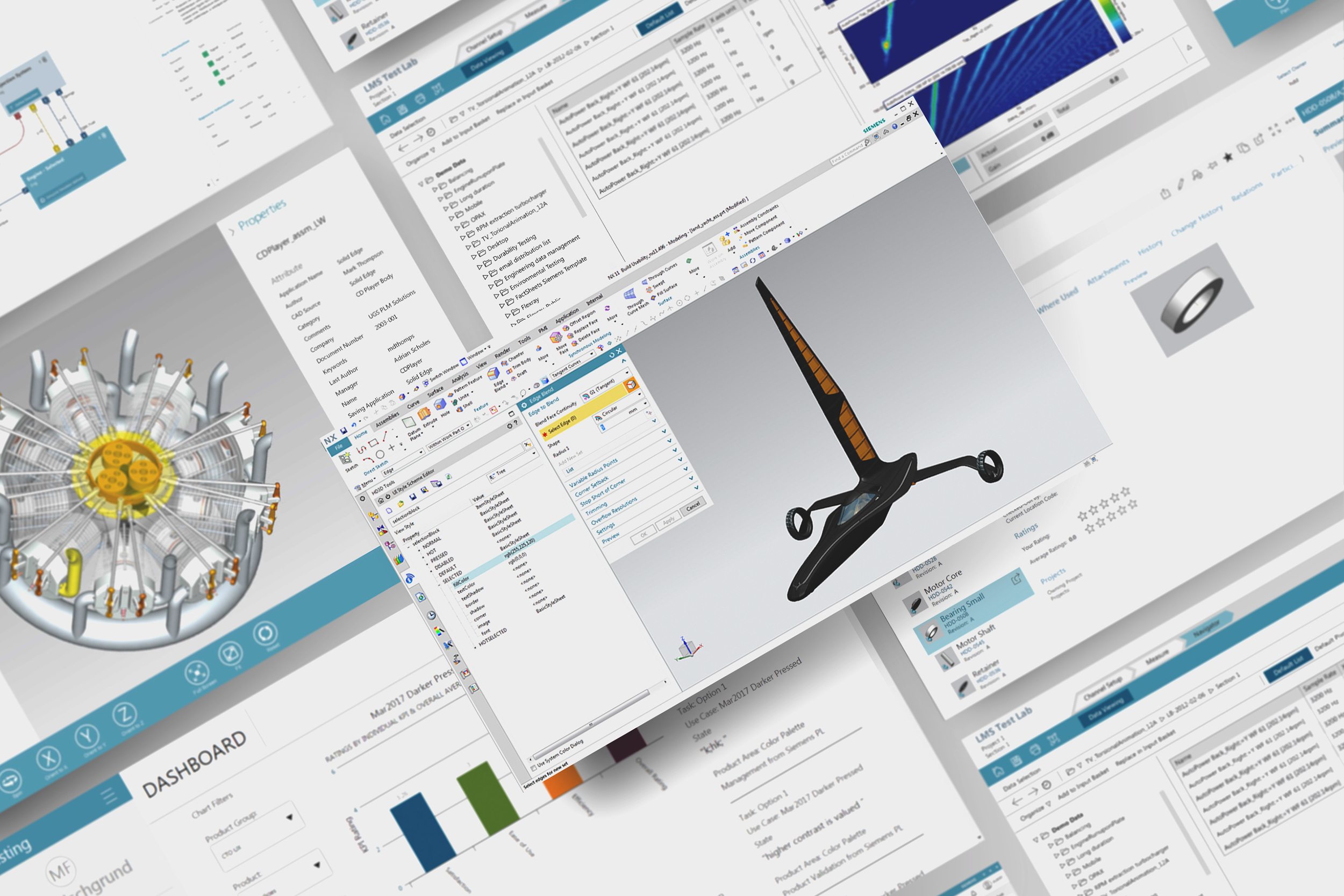

Sr. Director, UX & Product
2012 – 2017
In Brief
Siemens AG, a German multinational company headquartered in Munich, is the largest industrial manufacturing company in Europe. I led initiatives to reorganize staff and processes to revolutionize product lifecycle management and user experience, revitalize legacy products and integrate new capabilities to fit the needs of both traditional pen-and-paper mechanical engineers and their younger, “digi-doer” peers who have always worked with digital technology.
WHAT MY TEAM ACCOMPLISHED
Operations
Launching a New Group to Lead UX
Most of Siemens’ product lifecycle management (PLM) portfolio was interdependent, with products often operating within one another. When I had joined the company in 2012, user experience was a relatively new concept for Siemens PLM and UX principles hadn’t been applied to the portfolio in a cohesive way. I determined that offering the best user experience meant establishing consistency across products, with cross-functional UX and matching visual identities.
To accomplish this, I helped to create a new team: CTO UX. CTO UX was designed to offer guidance and governance to all of the product groups within Siemens PLM, with a significant emphasis on user interaction and engagement. The group oversaw product design, cross-functional UX, and a visual design system. I also introduced squad- and tribe-based Agile processes, two-week development sprints, four-week maintenance release cycles, and quarterly feature and upgrade cycles to guarantee momentum through all stages of product development.

Empowering a Governance Imperative
For a portfolio rich with interdependent products, it is paramount that all products adhere to a strict set of product development guidelines so that users experience frictionless transitions when toggling from one to another. Everything from technology stacks, branding and visual design guidelines, testing methodologies, and product build processes should be in perfect harmony.
So CTO UX created governance products to ensure that every application developed under PLM met the highest level of quality and effectiveness, from a product design and UX web portal housing over 200+ policies and best practices for all products, to UX Metrics testing tools created to optimize user and data analytics for more actionable feedback.

WHAT MY TEAM ACCOMPLISHED
Product Portfolio
Refining Legacy Products
Siemens’ legacy products were the industry standard for CAD modeling, part cataloging, product assembly and system diagnostic testing. But their UX design and capabilities needed updating to accommodate not just experienced mechanical engineers, but also digital natives just beginning their careers.
Serving these two user groups required a delicate balance: we would have to meet the expectations of “digi-doers” without alienating mechanical engineers satisfied with their tried-and-true analog solutions. We would have to make the products so accessible and convenient that the latter would be willing to go outside their comfort zones.
So we did.
We:
- Expanded both technical and functional capabilities for key products like NX and Active Workspace, connecting product builders with processes and allowing teams to take control of 3D designs, embedded software, documentation, and bills of materials.
- Mapped cross-functional execution streams and revamped user interfaces so that the products were intuitive and simple to use.
- Expanded the capabilities of our PLM hub for better monitoring, tracking and editing of workflows.
Product Innovations and Acquisitions
As Siemens executed several mergers and acquisitions, my team was charged with integrating products from the acquired companies into our PLM workflow. The products included diagnostic testing software, digital manufacturing solutions and more. We carefully positioned them within the ecosystem of PLM products, redesigning UIs to match the rest of the portfolio, mapping interdependencies and ensuring smooth interoperability between existing and newly acquired PLM products. We also ensured the integrated products met PLM’s rigorous standards through product viability testing and customer experience testing that helped us craft the optimal user.

The Results
The CTO UX team that I helped to create, successfully established robust governance practices, created user-friendly product enhancements and ensured products were optimized for interoperability. Under my leadership, the team redefined the user experience across the PLM portfolio, including three legacy products, three acquired products and four product innovations.



